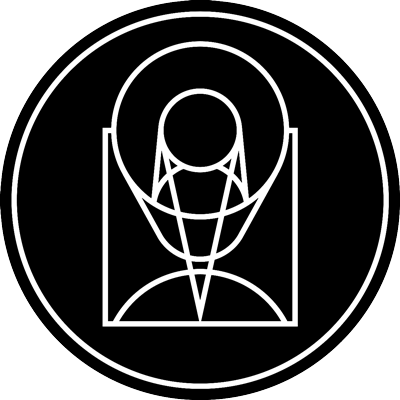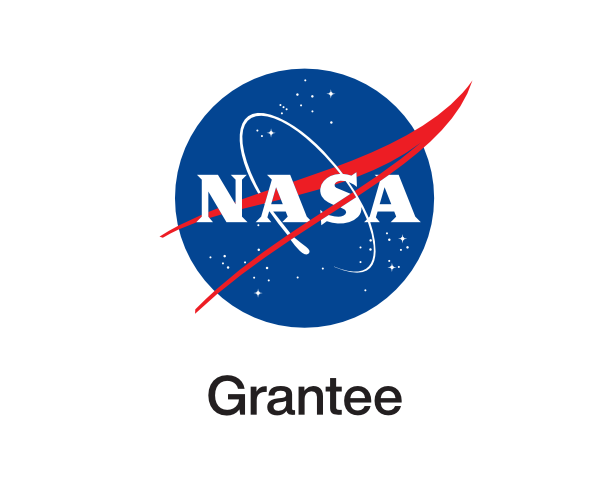Gravitational Wave Kicks Monster Black Hole Out Of Galactic Core

stsci_2017-12a March 23rd, 2017
Credit: NASA, ESA, and M. Chiaberge (STScI and JHU)
Runaway black hole is the most massive ever detected far from its central home
Normally, hefty black holes anchor the centers of galaxies. So researchers were surprised to discover a supermassive black hole speeding through the galactic suburbs. Black holes cannot be observed directly, but they are the energy source at the heart of quasars — intense, compact gushers of radiation that can outshine an entire galaxy. NASA's Hubble Space Telescope made the discovery by finding a bright quasar located far from the center of the host galaxy.
Researchers estimate that it took the equivalent energy of 100 million supernovas exploding simultaneously to jettison the black hole. What could pry this giant monster from its central home? The most plausible explanation for this propulsive energy is that the monster object was given a kick by gravitational waves unleashed by the merger of two black holes as a result of a collision between two galaxies. First predicted by Albert Einstein, gravitational waves are ripples in the fabric of space that are created when two massive objects collide.
Provider: Space Telescope Science Institute
Image Source: https://hubblesite.org/contents/news-releases/2017/news-2017-12
Curator: STScI, Baltimore, MD, USA
Image Use Policy: http://hubblesite.org/copyright/

- ID
- 2017-12a
- Subject Category
- D.5.4.6
- Subject Name
- 3C 186
- Credits
- NASA, ESA, and M. Chiaberge (STScI and JHU)
- Release Date
- 2017-03-23T00:00:00
- Lightyears
- 8,000,000,000
- Redshift
- 8,000,000,000
- Reference Url
- https://hubblesite.org/contents/news-releases/2017/news-2017-12
- Type
- Observation
- Image Quality
- Good
- Distance Notes
- Facility
- Hubble, Hubble
- Instrument
- WFC3/UVIS, WFC3/IR
- Color Assignment
- Cyan, Orange
- Band
- Optical, Infrared
- Bandpass
- V, JH
- Central Wavelength
- 606, 1400
- Start Time
- Integration Time
- Dataset ID
- Notes
- Coordinate Frame
- ICRS
- Equinox
- 2000.0
- Reference Value
- 116.0759154879545, 37.88582745518723
- Reference Dimension
- 4130, 4446
- Reference Pixel
- 2065, 2223
- Scale
- -1.10048109339055e-05, 1.10048115541745e-05
- Rotation
- 46.866134773153
- Coordinate System Projection:
- TAN
- Quality
- Full
- FITS Header
- Notes
- Creator (Curator)
- STScI
- URL
- http://hubblesite.org
- Name
- Space Telescope Science Institute Office of Public Outreach
- outreach@stsci.edu
- Telephone
- 410-338-4444
- Address
- 3700 San Martin Drive
- City
- Baltimore
- State/Province
- MD
- Postal Code
- 21218
- Country
- USA
- Rights
- http://hubblesite.org/copyright/
- Publisher
- STScI
- Publisher ID
- stsci
- Resource ID
- STSCI-H-p1712a-f-800x600.tif
- Resource URL
- https://mast.stsci.edu/api/latest/Download/file?uri=mast:OPO/product/STSCI-H-p1712a-f-800x600.tif
- Related Resources
- Metadata Date
- 2022-07-06T00:00:00
- Metadata Version
- 1.2
Detailed color mapping information coming soon...













